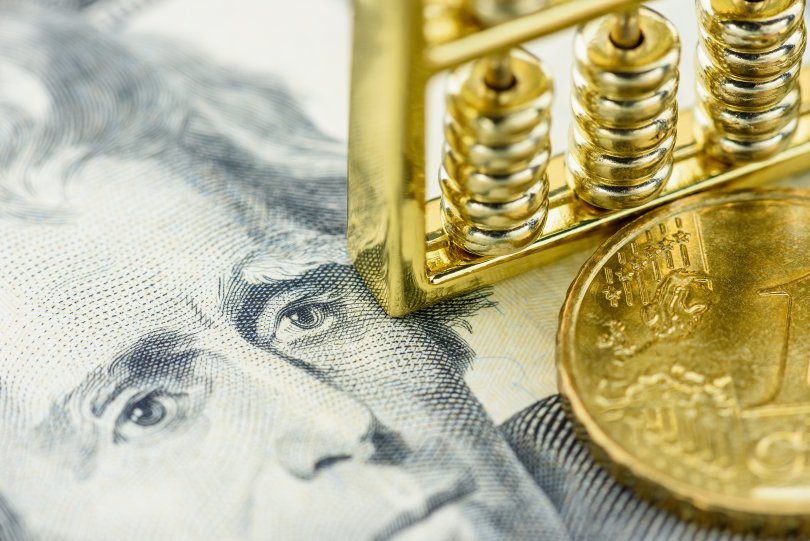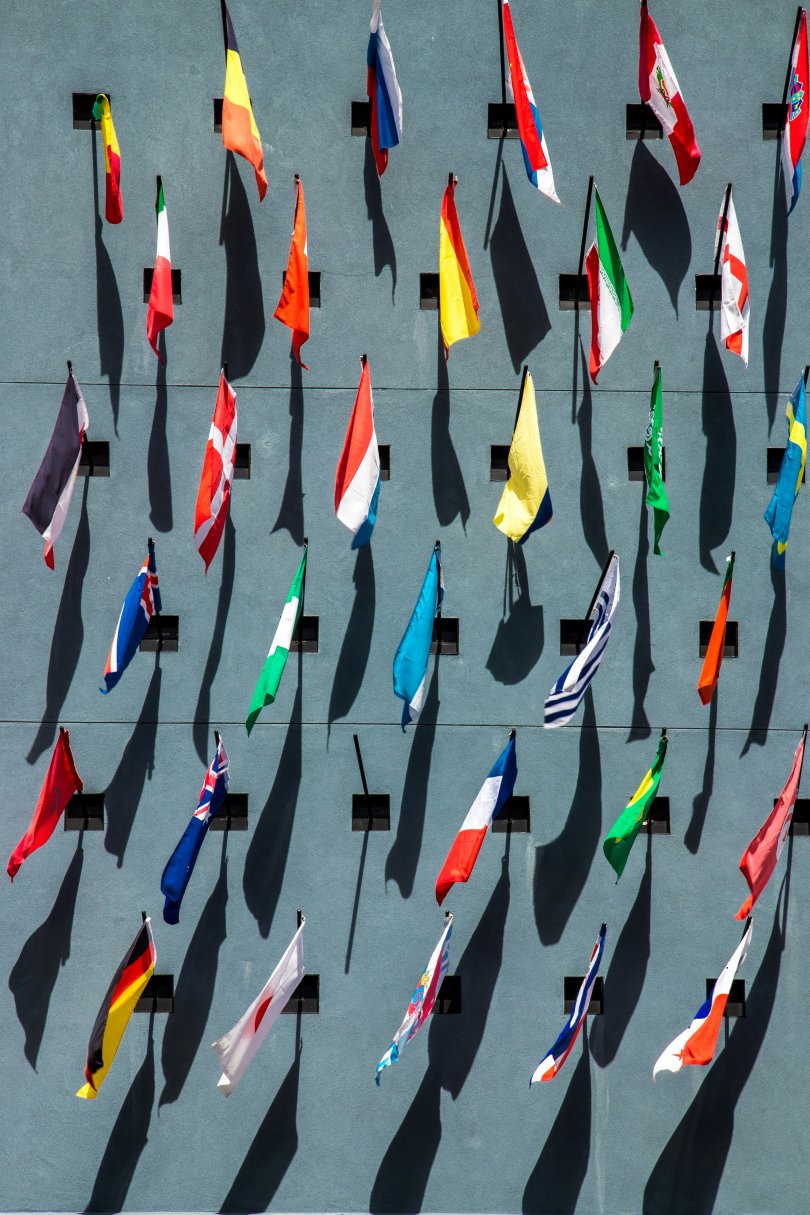Sovereign Wealth Funds Still Operating Behind a Smokescreen

Picture by Olaru Radian on Adobe Stock
What do the purchase of PSG by Qatar, Beijing's influence on New York real estate, and Norway's stakes in Total have in common? These investments are from sovereign wealth funds - investment funds owned by states. Economists Jeanne Amar and Christelle Lecourt have examined the reasons why these funds might seek to have, or continue without, stricter governance.
Amounting to more than $1,600 billion, Norway's sovereign wealth fund has invested in 8,800 companies in 72 countries. On its official website, the fund emphasises transparency in its commitments and governance. In the mid-2000s, ten years after its creation, it withdrew from companies like Philip Morris, Rio Tinto, Airbus, and Walmart due to their involvement in arms production, tobacco, and violations of human or environmental rights. In doing so, the world's largest sovereign wealth fund – larger than that of China ($1,350 billion) or Qatar ($526 billion) - set an example in transparency. In their study "Sovereign Wealth Fund Governance: A Trade-off between Internal and External Legitimacy" published recently in the scientific journal International Business Review, economists Jeanne Amar and Christelle Lecourt sought to understand the factors which could encourage sovereign wealth funds to improve their governance.
In 2023, the 176 funds listed by the Sovereign Wealth Fund Institute were valued at $11,200 billion. These state-owned investment funds are financed by surplus foreign exchange reserves, derived either from natural resource rents (in the case of the Norwegian or Qatar funds), or from a trade surplus (as is the case of many Asian funds, such as those of China or Singapore). The funds seek to diversify their portfolios by investing in their home country or abroad, with a preference for more economically stable countries such as the United States or Europe. During the subprime crisis of 2008, billions of euros were invested in buying up national debt, and since then, the number and importance of these sovereign wealth funds have grown steadily, becoming a veritable craze. Kuwait was the pioneer in the field in 1953, and France, for example, despite its deficit and lack of raw materials, set up a sovereign wealth fund during the presidency of Nicolas Sarkozy, called the Fonds Souverain Stratégique (Strategic Sovereign Wealth Fund).

Picture by NASA on Unsplash
Objectives With Varying Degrees of Clarity
Although they are not always clearly stated, the objectives of these funds are manifold; and the first is to stabilise the volatility of commodity prices for commodity-rich countries. Because commodity prices are highly variable and resources are finite, the aim of ‘stabilisation’ funds is to diversify their assets in order to cushion potential future shocks and ensure a stable income for future generations. In this way, they make possible the "Dutch disease", an economic term that refers to the discovery of a gas field in the Netherlands in the 1950s. At the time the nation counted heavily on the rapid and intensive exploitation of this resource, which caused a serious decline in local industry.
Sovereign wealth funds also make it possible to finance the pension systems of future generations, as is the stated intention of the Norwegian, Alaskan and New Zealand funds. This is particularly true of pension funds. In other countries, such as Uganda and Botswana in Africa, so-called development funds are used mainly to invest in strategic projects in their respective countries. Others are reserve funds, as is the case with most Asian funds, which aim to optimise their asset portfolios and serve as a tool for conquering foreign markets.
Transparency of sovereign wealth funds varies from country to country and by objective, and is ranked out of 100. The Norwegian fund is a good example, with a score of 98, a board of directors made up of outside managers, and a high level of transparency regarding how the fund is used. The Qatari fund is the opposite, with a high degree of opacity and a score of only 17 out of 100. The Qatar Investment Authority (QIA), which is reportedly run by Qatari sheikhs, is the 9th largest fund in the world. In France, for example, QIA's petrodollars are used to hold stakes in some of the country’s most symbolic companies: LVMH in the luxury goods sector, the Lagardère group in the media, and with the resounding takeover of Paris Saint-Germain, in the top-of-the-range hotel sector and in the sports sector. Over and above their economic motivations, these purchases raise questions about the fund's underlying strategy, especially as the emirate is not revealing any information about the use of its 500-billion-dollar sovereign wealth.
Keeping Up with the Times
The model developed by the researchers in their study aims to test the determinants of sovereign wealth fund governance. According to their model, the better a country's governance and democracy, the more transparent its wealth fund. This is the case in the majority of Western countries. According to agency theory, this can be explained by the fact that citizens, and therefore the country's government, put pressure on the fund to be more transparent.
However, economists have shown that countries with little or no internal or external legitimacy (countries with limited democratic legitimacy, and weak governance) nonetheless have an interest in improving the quality of the governance of their funds if their aim is to gain international legitimacy through market penetration. More specifically, the authors show that the more a country achieves a certain level of internationalisation by acquiring stakes in foreign companies, the more it has an incentive to legitimise itself internationally - which entails improving the governance and transparency of its sovereign wealth fund. This is the case with China's sovereign wealth fund, the China Investment Corporation (CIC), which is the third largest sovereign wealth fund and has an astonishing transparency score of 64 out of 100.

Picture by William W. Potter on Adobe Stock
By placing almost 60% of its assets in the United States, a country with very strict controls on foreign investment, China is obliged to show its credentials in order to be able to continue investing. More specifically, the results of the model show that the correlation between internationalisation and fund transparency reveals a U-shaped curve. When a country starts to invest internationally rather than in its own economy, transparency is reduced for a time, as the initial domestic development objectives are modified. It then rises again when the country develops a genuine international strategy and becomes more transparent as a result, in keeping with the challenges faced by the most democratic countries.
High Diplomatic Stakes
Foreign investment regulations differ between countries. In the United States, the Committee on Foreign Investment, an administrative body, protects national interests and oversees takeovers. By promising to sign a bill in March 2024 on the possible banning of the social network TikTok if it failed to cut its ties with China, Joe Biden demonstrated his desire to control foreign investment as closely as possible, arguing that national security was at risk. With regard to sovereign wealth funds, in 2018 the CIC withdrew from the American investment fund Blackstone against the backdrop of friction between Presidents Donald Trump and Xi Jinping, once again demonstrating the strong diplomatic dimension of the funds’ use. Despite this, the People's Republic of China, along with other countries - such as Abu Dhabi, which has bought the American semiconductor and microprocessor company AMD - continues to increase its investments in the United States, the preferred destination for sovereign wealth funds. Countries with 'emerging economies' such as India, Brazil and Indonesia are also of interest to investors, according to the SWF 2023 report.

Picture by Jason-Leung on Unsplash
In France, regulations which were previously flexible are becoming stricter in certain strategic sectors such as public security, energy, water, transport and defence. Since 2019, aerospace, robotics and artificial intelligence have been added to the list of carefully controlled investments. Despite this, sovereign wealth funds still own significant stakes in the flagships of French companies: Total, AXA, Sanofi, BNP, Vivendi, Michelin, L'Oréal and LVMH. On a global level, in 2008 the IMF launched a working group with 26 countries to draw up best practice guidelines for the management and transparency of sovereign wealth funds, known as the Santiago Principles. These non-binding principles do not, however, provide a legal framework for sovereign wealth funds.
Some of them, however, are trying to appear to be doing the right thing and are showing a will to invest massively in decarbonisation and renewable energies, as is the case with the Norwegian fund and its Chinese counterpart. On the other hand, many of these funds, including the CIC, are serving far less noble interests and casting the shadow of a growing and diffuse economic, political and military stranglehold. This is the case, for example, with Russia, which has taken advantage of soaring gas prices to triple its sovereign reserves between 2019 and 2022, and finance its armament in the war with Ukraine. This raises questions about sovereign wealth funds - one of the world's largest investment jackpots - which in 2023 generated profits of 700 billion dollars.













